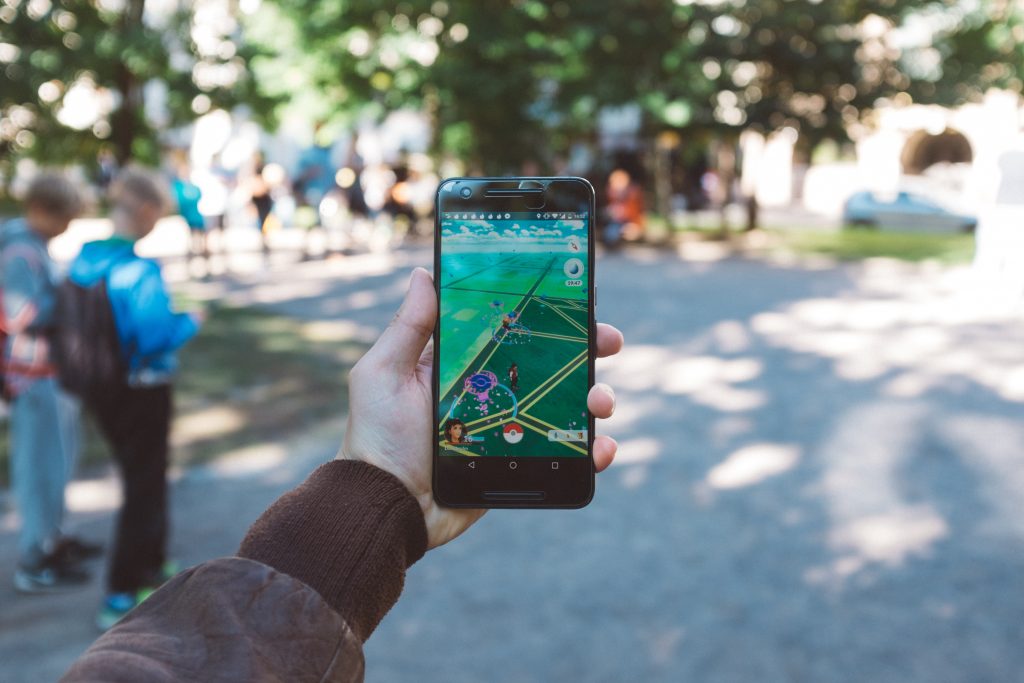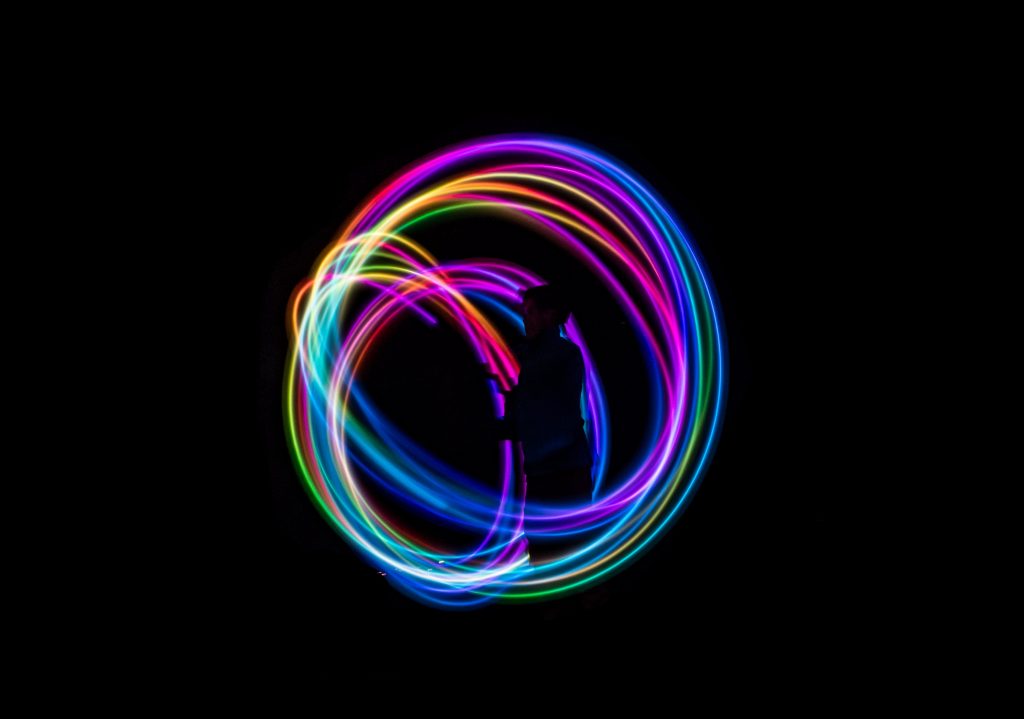
GUEST POST from Janet Sernack
It’s been a tough two and a half for everyone since the COVID-19 crisis began. Some of us have been hit very, very hard, by the impact of the pandemic exacerbated by the rate of exponential change and now, by the impact of the conflict in Ukraine.
As result, many of us are feeling overwhelmed and exhausted and languishing in varying states of anxiety and discomfort. Some of us are struggling with “not knowing” how to deal with the extreme uncertainty existing within our business and personal environments, whilst many of us are optimistically seeking to prepare and manage for what might possibly come next.
At the same time, many of us are seeking collaborative partnerships to support us and explore options for keeping both ourselves, our people, and teams engaged in moving forward creatively in a constantly changing world. Where both the work environment and the nature of work are in a state of flux, where we are going through exceptional and extraordinary changes, and, where to both survive and thrive, we need to get comfortable with being uncomfortable with it all.
Safely stepping into the unknown
This creates an opening and a threshold to partner with others in resourceful and creative ways to support them, to safely and bravely step into the unknown.
To perceive this unique moment in time as an opportunity for growth, shape-shifting, and change – by empowering and equipping them to cautiously abandon and exit their comfort zones and get comfortable with being uncomfortable. Because the patterned worlds of our “business as usual” existences, which traditionally kept us get comfortable and calm, and helped us stay emotionally and mentally even, free from anxiety and worry to a great degree, are no longer certain, predictable or stable.
Where constant and accelerating change, coupled with uncertainty are the harsh realities of today, and of tomorrow, in the decade emerging as one of both disruption and transformation.
Impact of our neurological survival mechanisms
As humans, we have an internal need for consistency, represented by our internally mapped, largely unconscious, neurological comfort zones, our own unique places for getting comfortable, and amenable to what we habitually do. When we experience cognitive dissonance, in an extremely uncertain and disruptive operating environment, we unconsciously encounter apparent inconsistencies between what is really happening and what we believe to be really true.
As result, we often, mostly unconsciously, slip into our auto-pilot range of varied aggressive and passive defensive, reactive responses: including avoidance, denial, anger, opposition, and resistance to change. Often described as the “retreat, freeze, or take flight or fight” reactions to what is “seemingly” going on. This is because we distort and generalize our thoughts or feelings into believing that have no control over events. Which is a normal and natural neurological, yet primitive, survival mechanism that enables us to cope with the situation.
However, when we operate this way, we lose our personal power and question our abilities to shape and manifest the outcomes we want, or feel we lack the ability to influence others or constructively impact our environments.
Resistance is futile
Manifesting as feelings of discomfort, most of us will do anything to move away from – because we want to avoid pervasive, visceral, challenging thoughts and feelings, derived from our conflicting beliefs and values. Our auto-responses or neurological urges to remove the discomfort, and typically keep us in our comfort zones, where we procrastinate, make excuses, shift into denial, avoidance, and justification, resulting ultimately, in immobilisation and inaction.
The outcome is that we may feel paralysed, and become inert, inhibiting and preventing us from developing the mindsets, behaviours, and actions required to thrive in the future. Where our only “new normal” will depend on our abilities to flow with constant change, unpredictability, instability, and uncertainty and get comfortable with being uncomfortable.
Hidden costs of resistance
Resistance to change prevents us from:
- Adapting to the current and future environment is not the survival of the fittest, it’s he or she who is the most adaptive, who ultimately survives, and thrives!
- Exploiting this moment in time as an opportunity and threshold to improve our confidence, competence, and emotional capacity to effectively transition through the range of professional and personal crises, brought on by uncertainty and disruption.
- Exploring possibilities and unleashing opportunities available in this moment in time as a turning point to learn and grow, as a coach, leader, or team.
- Strategizing in the new global, hybrid, and virtual work environment to improve, competitiveness, productivity, and innovation grow our practices and help our members expand their roles, and grow their teams and businesses.
- Breaking down silos that add to many of our member’s current states of disconnection and loneliness, and inhibit connection and collaboration.
- Creating permission, tolerance, and safety for members to safely download and let go of their fears and anxieties, share their negativity and pessimism, fears of failure, and co-create positivity and optimism towards thriving in an uncertain future, together.
- Embracing the new world of digitisation and experimentation, from implementing change, enhancing individual and organisational agility, and developing the mindsets, behaviours, and skills to be comfortable in constantly changing contexts.
What can we do about it?
- Being agile and adaptive
In normal times, creating a comfort zone is a healthy adaptation for controlling much of our lives. Yet having the boldness, bravery, and courage in extreme uncertainty, to step up and out of our comfort zones helps us be agile and adaptive in transitioning, growing, and transforming through the enormous challenges, disruptions, and adversities many of us are confronting.
- Entering the learning zone
In fact, once we do take the first baby steps out of our comfort zones and into our fear zone (fear of loss, blame, shame, envy, punishment, retribution, opposition, being controlled, humiliation, being envied or made wrong) we can safely enter the learning zone. Being in the Learning Zone is the first stopping point toward generating creative energy and expanding our comfort zones.
- Facing the fear
Doing this builds the foundations for being more comfortable with being uncomfortable by facing, feeling, acknowledging, and letting go of some of our deepest fears by dealing with them rationally and realistically, with empathy and compassion, and without bias and distortion.
- Reducing our levels of anxiety
By withdrawing, discerning, and deciding to let go of the need to be constantly in charge and in control and be willing to enter the Growth Zone, where everything that happens is a resource for being tolerant, and accepting, of the possibilities for making positive change.
Stepping into being comfortable
This is a great opportunity to co-create a new playbook for ourselves, our people, and their teams by enabling and empowering the mindset shift to the Growth Zone, to transform cognitive dissonance, and use it as the creative tensions toward being comfortable with being uncomfortable.
This involves engaging in a set of consistent and regular practices, to build and support a willingness to embrace change, disruption, and uncertainty, to take on even the impossible.
- Hit your Pause Button: retreat from activity, get grounded in stillness and silence, and be fully present to your energetic state. Be mindful and pay deep attention to recognise your patterns, attune to what is really going on, and get unhooked from any internal chatter, stories, and unconscious default patterns.
- Label Your Thoughts and Emotions: be fully present and get connected to yourself and to others you are interacting with, feel the feeling, knowing that it is transient.
- Acknowledge and Accept: allow yourself to accept and embrace the range of feelings, be empathic, compassionate, and open-hearted with yourself and with others.
- Detach from and Observe your Thoughts and Emotions: be willing to create and sustain an open mind, be inquisitive and curious, explore the non-judgemental space between your feelings and how to effectively respond to them.
- Identify difficult feelings: as you experience them and find more appropriate ways of responding instead of reacting, be willing to become a “detached observer”.
- Be emotionally agile: learn to see yourself as the operating system, filled with possibilities, knowing that you are more than one part of it and flow with it
- Be courageous and brave: challenge the status quo, and your habitual thinking, feeling, and decision-making habits and build your confidence to reboot, consistently disrupt yourself and be comfortable with being uncomfortable.
- Be imaginative and creative: reimagine your most desirable future state, be optimistic and positive about choosing the best ways to reset, and walk your way forward into the unknown.
Focusing your attention and being intentional
Being comfortable with being uncomfortable, enables us to re-think creates openings and thresholds for developing 21st-century superpowers, limitless possibilities for change, growth, learning, and innovation.
By empowering us to respond positively to uncertainty, and dynamic change that respects and engages people’s values and humanity, in co-creative and innovative ways that improve the quality of people’s lives in ways they value, appreciate, and cherish.
An opportunity to learn more
Find out about our learning products and tools, including The Coach for Innovators Certified Program, a collaborative, intimate, and deep personalized innovation coaching and learning program, supported by a global group of peers over 9-weeks, starting Tuesday, May 4, 2022.
It is a blended and transformational change and learning program that will give you a deep understanding of the language, principles, and applications of an ecosystem focus, human-centric approach, and emergent structure (Theory U) to innovation, and upskill people and teams and develop their future fitness, within your unique context.
Image Credit: Unsplash
![]() Sign up here to get Human-Centered Change & Innovation Weekly delivered to your inbox every week.
Sign up here to get Human-Centered Change & Innovation Weekly delivered to your inbox every week.








